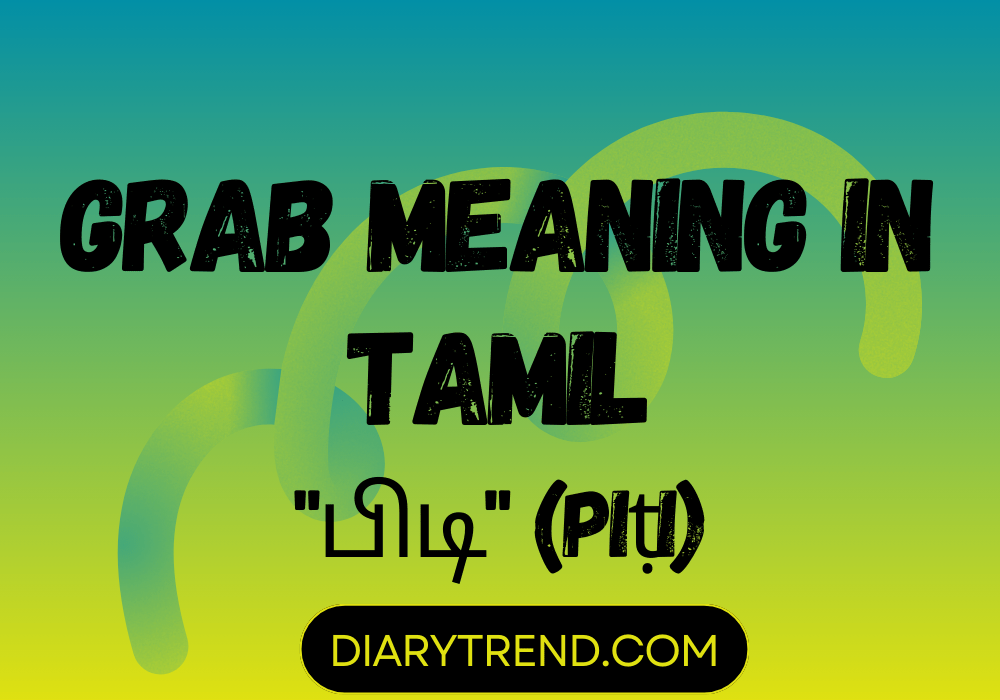The Tamil language, rich in its cultural and linguistic heritage, offers a profound depth in its vocabulary. One such word is “பிடி” (piṭi), which translates to “grab” in English. However, the connotations and usage of “பிடி” in Tamil culture extend beyond the mere act of seizing or holding.
Etymology and Meaning
“பிடி” (piṭi) originates from the classical Tamil roots, signifying an action of holding or grasping with force. In its literal sense, it means to catch hold of something physically. This could be as mundane as grabbing an object, or as intense as apprehending a person in a conflict.
Usage in Daily Life
In everyday Tamil speech, “பிடி” is used in various contexts. For instance, “பணத்தை பிடி” (paṇattai piṭi) means to grab the money, implying a sense of urgency or necessity. It’s also used in playful contexts among children playing games – “பிடி விளையாட்டு” (piṭi viḷaiyāṭṭu), a game similar to tag where the goal is to ‘grab’ or touch another.
Cultural Connotations
In Tamil culture, the act of grabbing or holding, as implied by “பிடி”, often carries a deeper significance. It’s not just about the physical act, but also about the intent and emotion behind it. For example, in Tamil literature, the phrase “உன்னை பிடி” (uṉṉai piṭi – grab you) can denote a longing or a desperate need to hold onto a loved one.
“பிடி” in Folklore and Literature
Tamil folklore and classical literature use “பிடி” to express various emotions. In ancient Tamil poems, warriors grabbing their swords (‘வாளை பிடி’) symbolize courage and readiness. Similarly, in love poetry, the act of grabbing a lover’s hand (‘கை பிடி’) is a tender expression of affection and connection.
Modern Usage and Symbolism
In contemporary Tamil society, “பிடி” has also taken on metaphorical meanings. In the context of opportunities or success, “வாய்ப்பை பிடி” (vāyppai piṭi – grab the opportunity) reflects the dynamic and ambitious spirit of the Tamil people.
Conclusion
“பிடி” (piṭi) in Tamil is not just a word; it is an expression that encapsulates action, emotion, and intent. It reflects the vibrancy and the profoundness of Tamil culture, where even simple actions can have deep meanings. Understanding such words offers a glimpse into the rich tapestry of Tamil language and its ability to convey complex human experiences and emotions.
